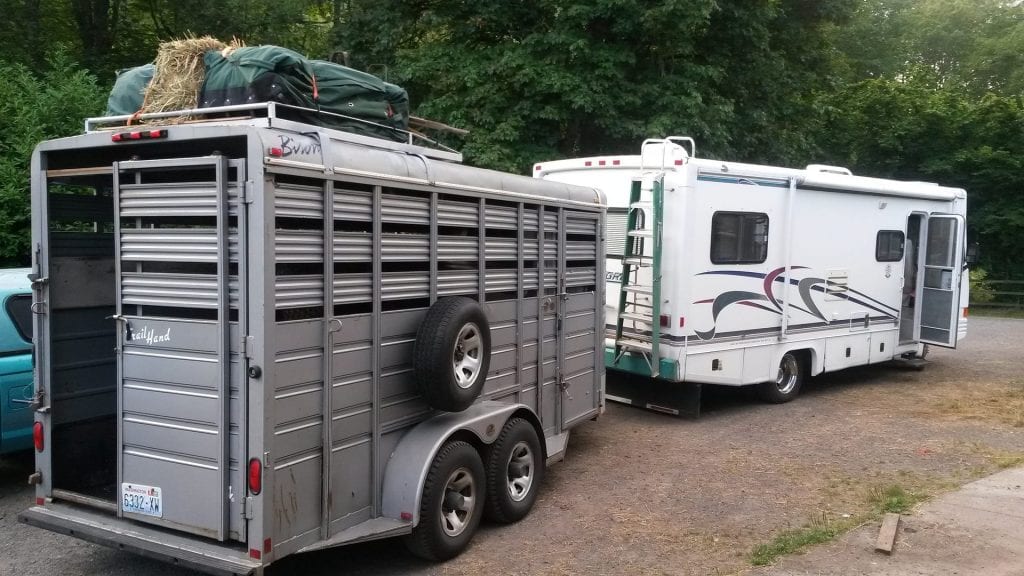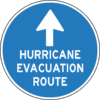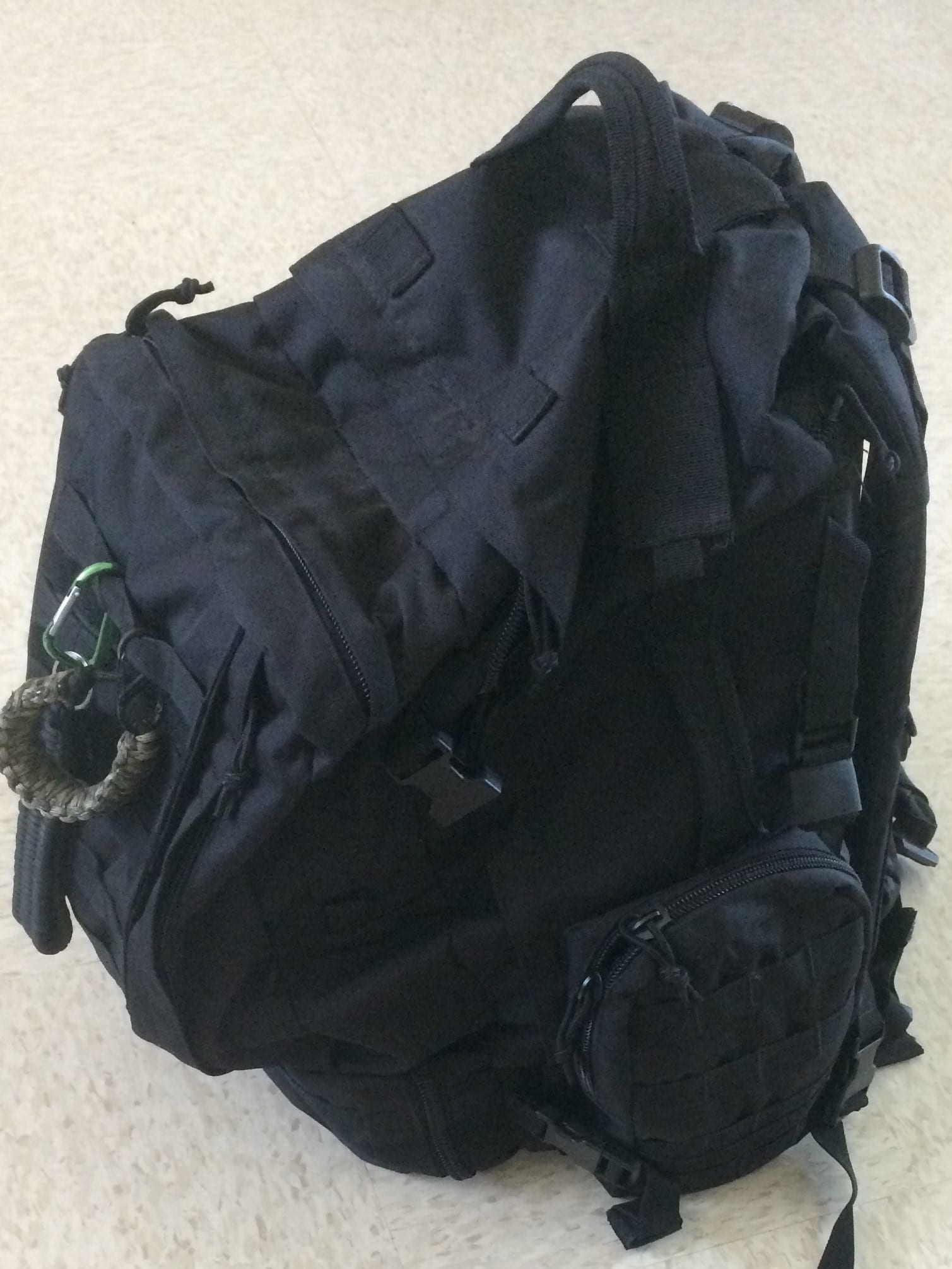Disaster Preparedness: Flood, Fire, Tornado, Hurricane?
Disaster preparedness is becoming a common theme in the news these days. From floods, fires, tornados, and hurricanes, a disaster is occurring somewhere every day. While no two disasters are exactly the same, preparations for one will often overlap with others. Now is the time to begin preparing, not when the fire is at your road, or the water is lapping at the door, or the roof is about to come off in 150mph winds. Let’s cover some of the basics here, and we can expand on specifics for each type of disaster later.
Emergency Planning and Your Go Bag
The first step in preparation is knowing your individual situation. What types and numbers of animals do you have? What are potential impacts that could affect you? What do you have in place now, and what needs work?
When planning for any type of emergency situation, it is important to keep all animals up-to-date on preventive health measures. This includes humans as well! Be sure everyone is current on vaccinations, parasite prevention, and has required tests kept current (Coggins for horses). Also, keep copies of medical information in any location that is easily accessible. Depending on the situation, this could be in your Go Bag, in the trailer that will be used for evacuation, or in the storm shelter. With technology advancing rapidly, digital copies can be stored in the cloud as well. More about what goes in a Go Bag is covered in that blog.

Training for you and your animals
Start preparing yourself now for emergency situations. Take classes in basic first aid, as well as CPR. Find classes on animal first aid as well. Accustom your animals to being handled, including loading in a trailer. You do not need to be trapped and unable to evacuate because your horse won’t load. Make sure all animals have some sort of identification. Collars and tags are good visual ID. Microchips are very important in reuniting pets if you become separated. Take pictures of you with your animals for ID.
Points of Contact
Identify local and out-of-state points of contact. This is someone that you notify in the event of evacuation or if you are sheltering in place. These contacts will be valuable if local communication is impacted.

Evacuation planning
Know your evacuation routes and plan for alternates. Practice driving the routes, so you will know of potential delays or closures. Always keep your vehicle full of fuel when there are impending disasters. Keep your phone charged, and have important phone numbers written down in case your phone is lost or damaged.
Don’t let the enormity of preparing prevent you from starting. Small steps will get you ready!
[amazon_link asins='B00002N5JL' template='ProductCarousel' store='' marketplace='US' link_id='c3427c35-c71e-11e7-bcc0-ad9cc8a0ca3a']

Tem quase impossível de encontrar educado pessoas sobre
isso tópico , mas você parece sabe que você
está falando! Obrigado
Translation: It has almost impossible to find educated people about
this topic but you seem to know that you
is talking! Thank you
Thank you for stopping by our site! Please check out our other posts on disaster preparedness and emergency response. We are continually updating and adding posts!
Translation:Obrigado por ter parado pelo nosso site! Por favor, consulte nossas outras publicações sobre preparação para desastres e resposta de emergência. Estamos continuamente atualizando e adicionando postagens.
complete post, i love it